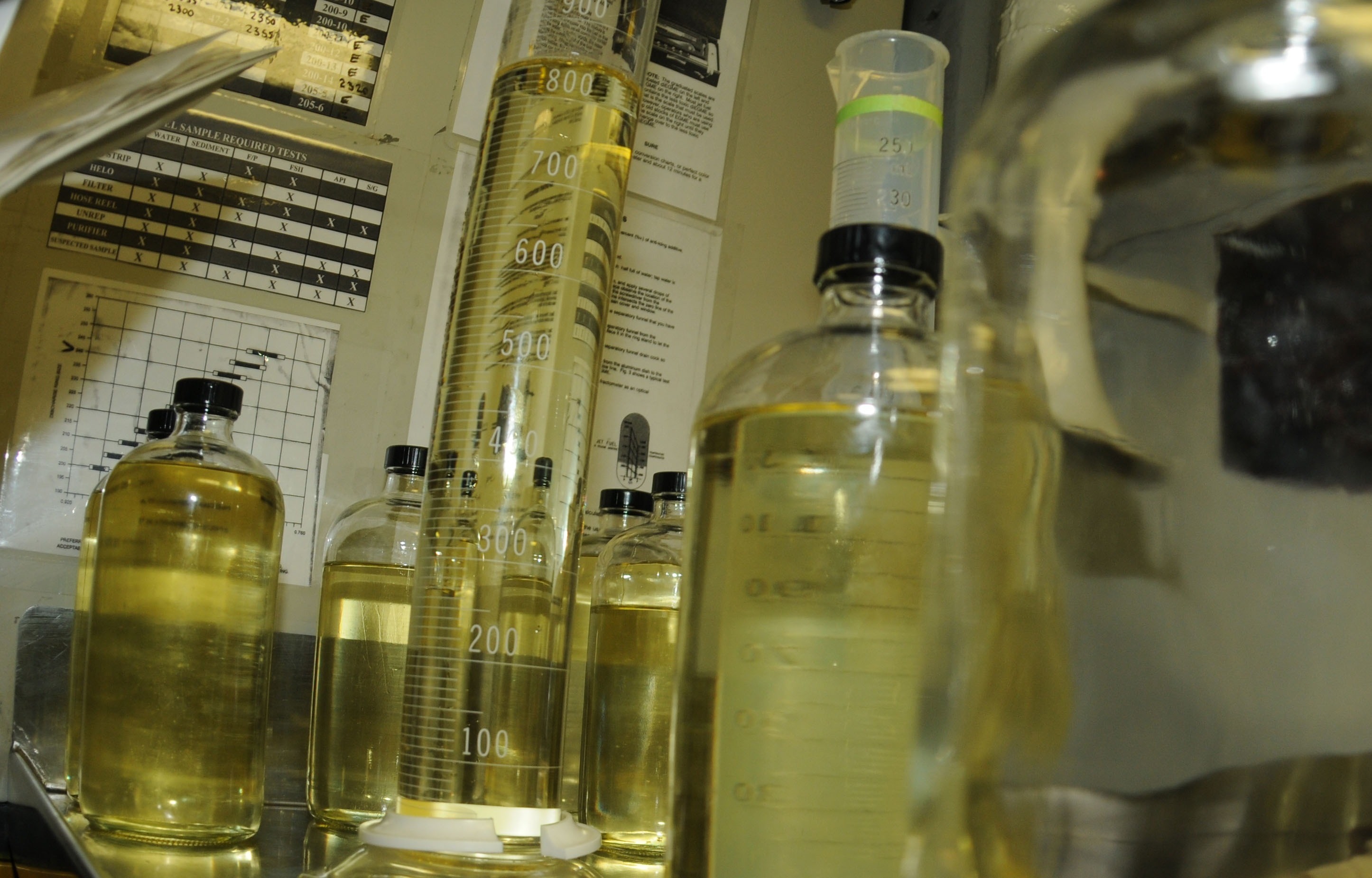Graphene Oxide-Based Composite Membranes for Energy Efficient Ethanol Dehydration
A pervaporation membrane for energy efficient alcohol purification, such as ethanol dehydration
Biofuels, such as ethanol, are in high demand, especially since the United States began using ethanol as an additive to gasoline. Ethanol can be obtained through fermentation of suitable biomass using distillation processes. These processes are based on differing boiling points of ethanol and water. The goal is to minimize the water content in ethanol so that the gasoline and ethanol mixture is anhydrous. The final step in the dehydration process is expensive, energy inefficient, and releases exhaust/emissions. A membrane for ethanol purification that's more energy efficient is needed.
A pervaporation (PV) membrane has been created that combines an electrospun nanofibrous scaffold and a graphene oxide (GO) barrier layer. It's produced by casting a GO barrier layer on the nanofibrous scaffold. The fibers in the scaffold have a diameter from around 1 to 20,000 nm, and the barrier layer has a thickness from around 5 to 5,000 nm.
 Please note, header image is purely illustrative. Source: MC3 Devin Wray/U.S. Navy. Wikimedia Commons, public domain.
Please note, header image is purely illustrative. Source: MC3 Devin Wray/U.S. Navy. Wikimedia Commons, public domain.
-Improved permeation flux -Improved separation factor in pervaporation applications -Less expensive and more energy efficient
-Pervaporation applications -Ethanol dehydration
Patented
9353037
Available for licensing.
Licensing,Development partner,Commercial partner
Patent Information:
| App Type |
Country |
Serial No. |
Patent No. |
Patent Status |
File Date |
Issued Date |
Expire Date |
|